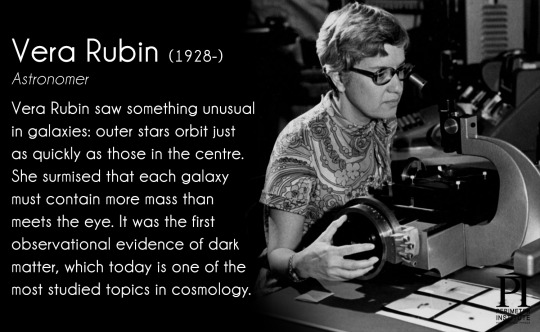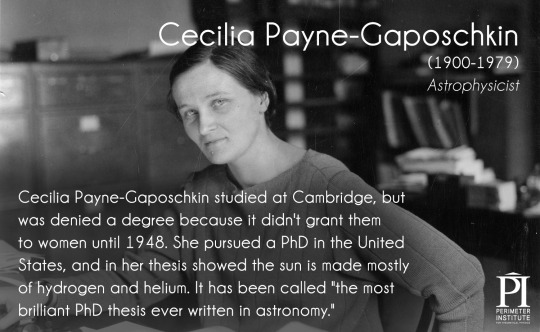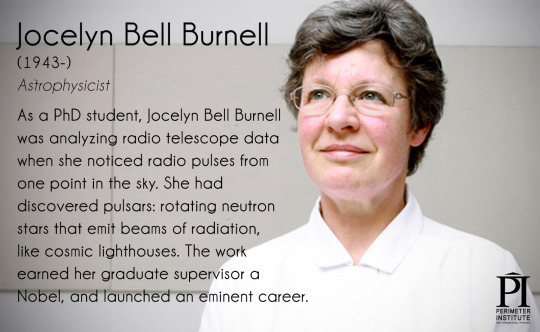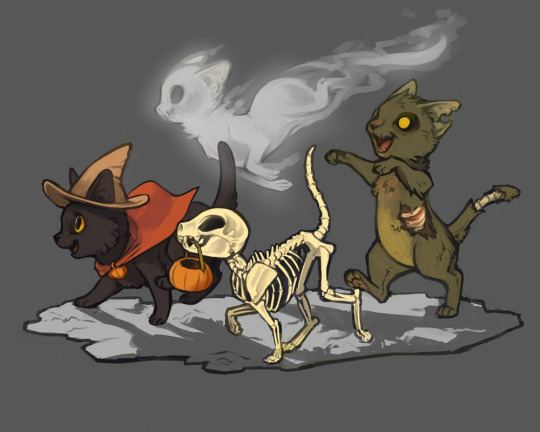Photo





Brachistochrone Problem & cycloid.
GIF: Source is Vsauce / The Brachistochrone : https://www.youtube.com/watch?v=skvnj67YGmw.
Which is the quickest path? …. The cycloidis is the curve which yields the quickest descent.
Suppose there is an incline such as that shown in Figure 1. When a ball rolls from A to B, which curve yields the shortest duration? Let’s assume that we have three hypotheses: a straight line, a quadratic, and a cycloid. The shortest path from A to B is the straight line, so one might think that the straight path is the fastest, but in fact it is surprisingly slow. It’s better to select a path which has a downward drop in order to accelerate the ball in the first phase, so that it rolls quickly. The ball arrives earlier on the quadratic path than on the straight line path. However, increasing the degree of the function causes the ball to travel more slowly on the flat section.
It is said that Galileo (1564-1642) first presented this problem. It is also known that the cycloid is the curve which yields the quickest descent. This time I will discuss this problem, which may be handled under the field known as the calculus of variations, or variational calculus in physics, and introduce the charming nature of cycloid curves.
See more at The Brachistochrone Curve: The Problem of Quickest Descent by Yutaka Nishiyama- PDF.
855 notes
·
View notes
Photo


I think I have a pretty great idea for a costume.
16K notes
·
View notes
Photo









I live in two worlds. One is a world of books. I’ve been a resident of Faulkner’s Yoknapatawpha County, hunted the white whale aboard the Pequod, fought alongside Napoleon, sailed a raft with Huck and Jim, committed absurdities with Ignatius J. Reilly, rode a sad train with Anna Karenina, and strolled down Swann’s Way. It’s a rewarding world.
6K notes
·
View notes
Photo

Hohenschwangau Castle, Germany (by Naser Mojtahed)
2K notes
·
View notes
Photo

Saturn moon, Mimas, captured by the Cassini spacecraft in 2006.
Credit: NASA/JPL/Space Science Institute
3K notes
·
View notes
Text
Astronomy and Astrophysics: Facts
Here is a list of some curiosities of astronomy and astrophysics. From our solar system to interstellar space.

90377 Sedna - Sedna is a large minor planet in the outer reaches of the Solar System that was, as of 2015, at a distance of about 86 astronomical units (AU) from the Sun, about three times as far as Neptune.

Miranda - Miranda’s surface has patchwork regions of broken terrain indicating intense geological activity in Miranda’s past, and is criss-crossed by huge canyons. It also has the largest known cliff in the Solar System, Verona Rupes, which has a height of over 5 km (3.1 mi).

PSR B1257 + 12 - Is a pulsar located 2300 light years from the Sun in the constellation of Virgo.
The pulsar has a planetary system with three known extrasolar planets, named “Draugr” (PSR B1257+12 b), “Poltergeist” (PSR B1257+12 c) and “Phobetor” (PSR B1257+12 d), respectively. They were both the first extrasolar planets and the first pulsar planets to be discovered; b and c in 1992 and c in 1994.

J1407b - J1407b is the first exoplanet or brown dwarf discovered with a ring system by the transit method. The J1407b ring system has an outer radius of about 90 million km (about 640 times the one of Saturn’s rings).
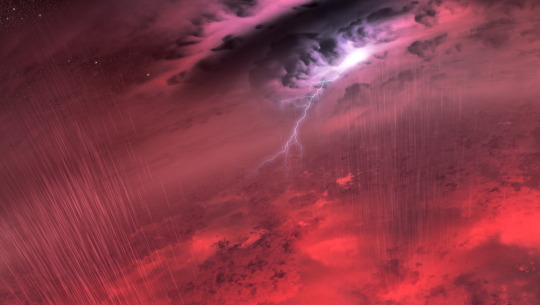
Rain on a Brown Dwarf - Its atmosphere mainly contains gases, including gaseous iron and silicate. At higher temperatures - 3,140 degrees Fahrenheit (2,000 degrees Kelvin) - typical of younger brown dwarfs, iron remains in its gaseous phase. Over time as the incandescent body cools, the iron condenses to form clouds rich in iron and raindrops of liquid iron.
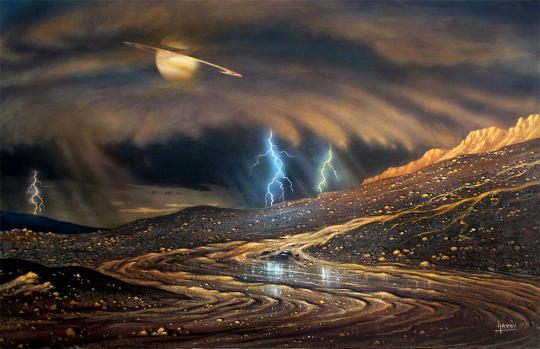
Titan’s Rain - On Saturn’s moon Titan there are lakes and rain just like on Earth, but there the lakes and rains are made up of hydrocarbons (methane and liquid ethane).

Triton - Triton is the largest natural satellite of the planet Neptune, and the first Neptunian moon to be discovered. It is the only large moon in the Solar System with a retrograde orbit, an orbit in the opposite direction to its planet’s rotation. At 2,700 kilometres (1,700 mi) in diameter, it is the seventh-largest moon in the Solar System.

Rings of Neptune - The system consists of five rings that are named after the most relevant astronomers in the Neptune survey. From the inner most to the outer are: Galle, Le Verrier, Lassell, Arago and Adams. They are a system of planetary rings very weak and tenuous, composed mainly of dust and discovered in 1989 by the space probe Voyager 2.

Stars can be born in the winds of supermassive black holes - Artist’s impression of a galaxy forming stars within powerful outflows of material blasted out from supermassive black holes at its core. Results from ESO’s Very Large Telescope are the first confirmed observations of stars forming in this kind of extreme environment. The discovery has many consequences for understanding galaxy properties and evolution.

Seyfert Galaxy - Seyfert galaxies are one of the two largest groups of active galaxies, along with quasars. They have quasar-like nuclei (very luminous, distant and bright sources of electromagnetic radiation) with very high surface brightnesses whose spectra reveal strong, high-ionisation emission lines, but unlike quasars, their host galaxies are clearly detectable.
Sources: wikipedia & eso.org
Images credits: NASA/JPL-Caltech/R. Hurt (SSC-Caltech), University of Western Ontario/Stony Brook University, Ron Miller, David A. Hardy (AstroArt),
A. Tayfun Oner, ESO/M. Kornmesser & NASA, ESA & A. van der Hoeven
1K notes
·
View notes
Photo

The Austrian National Library, Vienna (by Andreas Huber)
5K notes
·
View notes
Photo

Harvest Moon 10-5-17 Visit http://spaceviewsandbeyond.blogspot.com/2017/10/harvest-moon-10-5-17.html for more space pics
63 notes
·
View notes
Photo

Esztergom, Hungary (by Balint Erberling)
4K notes
·
View notes
Photo








Every Lindsay Lohan Movie (6/19) Mean Girls (2004)
“As for me? I had went from home schooled jungle freak, to shiny plastic, to most hated person in the world, to actual human being.”
2K notes
·
View notes
Photo


Happy Mean Girls Day!
25K notes
·
View notes
Text
I try so hard not to drown. I try so hard to keep fighting. I try so hard to convience myself it’s not worthless. I try so hard to keep dreaming and hoping. I try so hard. I really do.
But I only feel ok when I pretend I’m not myself. I look at people’s lives and pretend I can do it. But I can’t. They’re all smiling and surrounded by people. And I’m miserable and alone. Why is everything that people are able to handle I am not? Why is everything so difficult for me? Why don’t matter what I do, I still feel horrible? Why can’t I just be normal?
0 notes
Photo


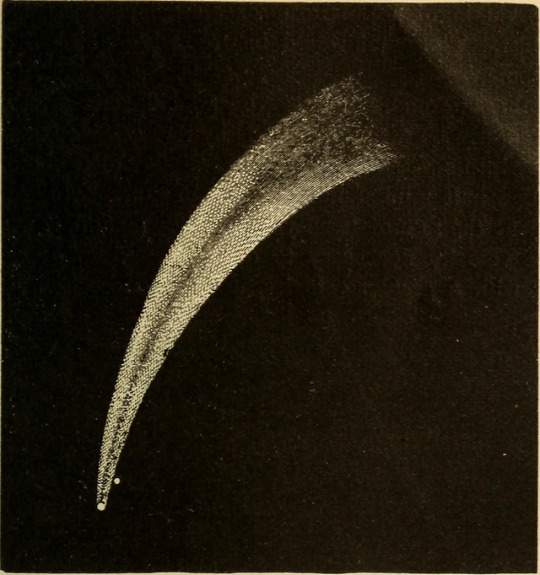
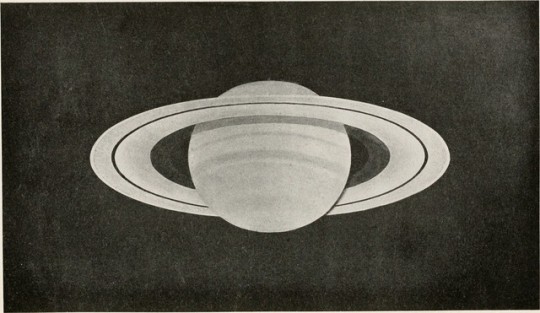



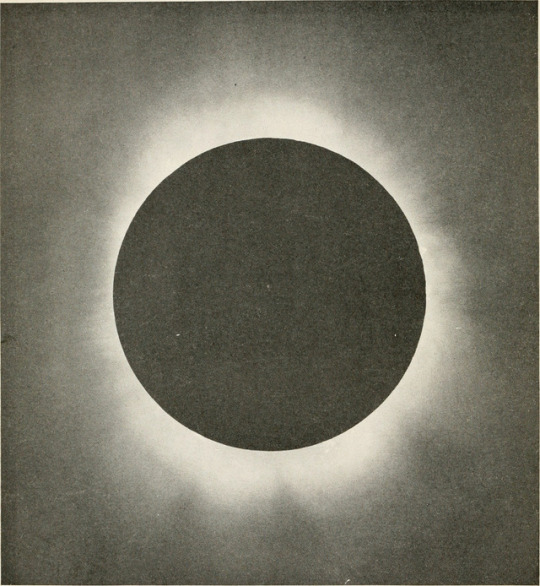
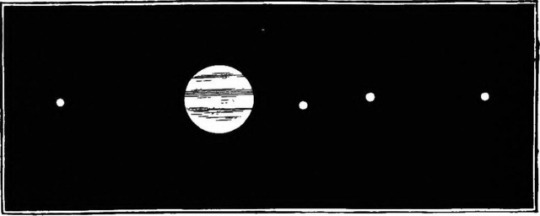
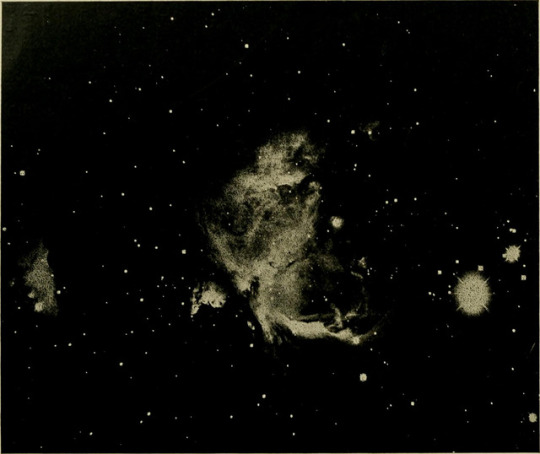
Illustrations and records of comets, planets and constellations and nebulae.
Internet Archive Book Images
11K notes
·
View notes
